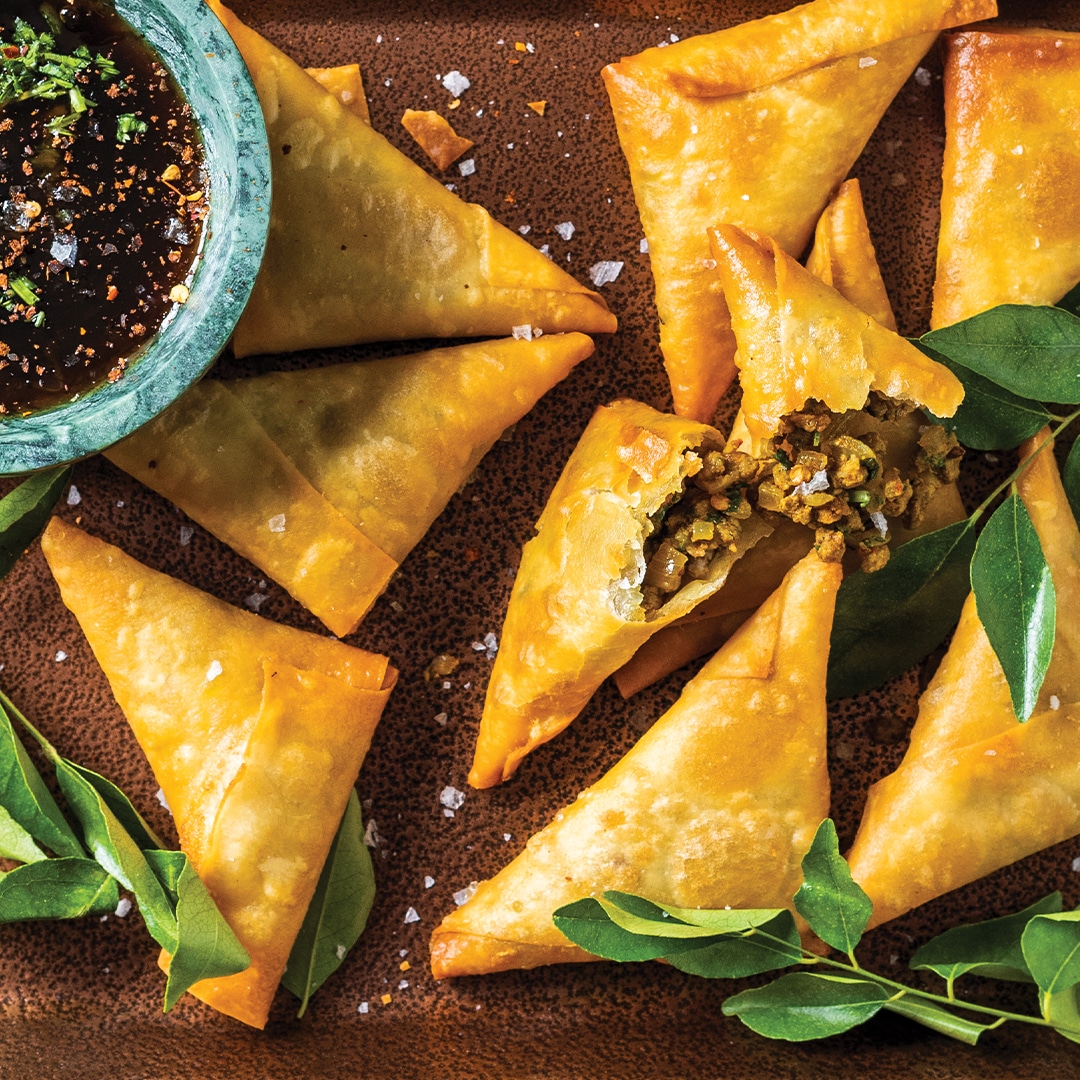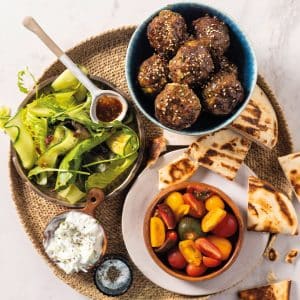Crispy, golden and packed with flavour – yes, (of course) we’re describing a scrumptious samoosa. Samoosas’ adaptability and rich flavour profile have made them a cherished part of South Africa’s diverse food culture. Want to make this irresistible Cape Malay snack from scratch? Follow these tips to create perfect delicious samoosas at home!
Store-bought will do the trick
Taking on the challenge of making your own samoosa dough? Avoid over-kneading the dough and allow it to rest for at least 30 minutes. Then, roll your rested dough thinly on a wooden cutting board or silicone mat to prevent sticking, eliminating the need for extra flour. This will ensure that the samoosa shells turn out fabulously flaky and crispy after frying. If you want to make things much easier, you can buy pre-made phyllo dough or spring-roll wrappers from your local supermarket. Simply fill them with your preferred ingredients and follow your recipe’s instructions. This saves you time and effort, allowing you to enjoy a delicious homemade dish with less hassle.
Seal it just right
Here comes the tricky part! Properly seal the edges of the samoosas to prevent them from opening during frying. When folding the homemade dough, wet the edges with water and press them firmly to ensure that your tasty triangles are sealed properly. The ones made using sheets like phyllo dough or spring roll wrappers are sealed with a paste made from flour and water. This paste acts as an adhesive, ensuring that the wrappers stay closed and the fillings remain securely encased during cooking.
Check the heat of your oil
Heat the oil over medium heat to around 180°C – test by dipping the handle of a wooden spoon into the oil; it’s ready when bubbles form around it. Once the oil is hot, lower the heat to maintain a steady temperature while frying. Ensuring that your oil temperature is just right will give you that perfect (and delicious) golden glow.
Drain excess oil
After frying, drain the excess oil from the samoosas to keep them crispy. This step is crucial for maintaining the texture and flavour of the samoosas.
Whether enjoyed at a festive gathering or bought from a street vendor, the samoosa continues to be a symbol of culinary fusion and cultural integration.




